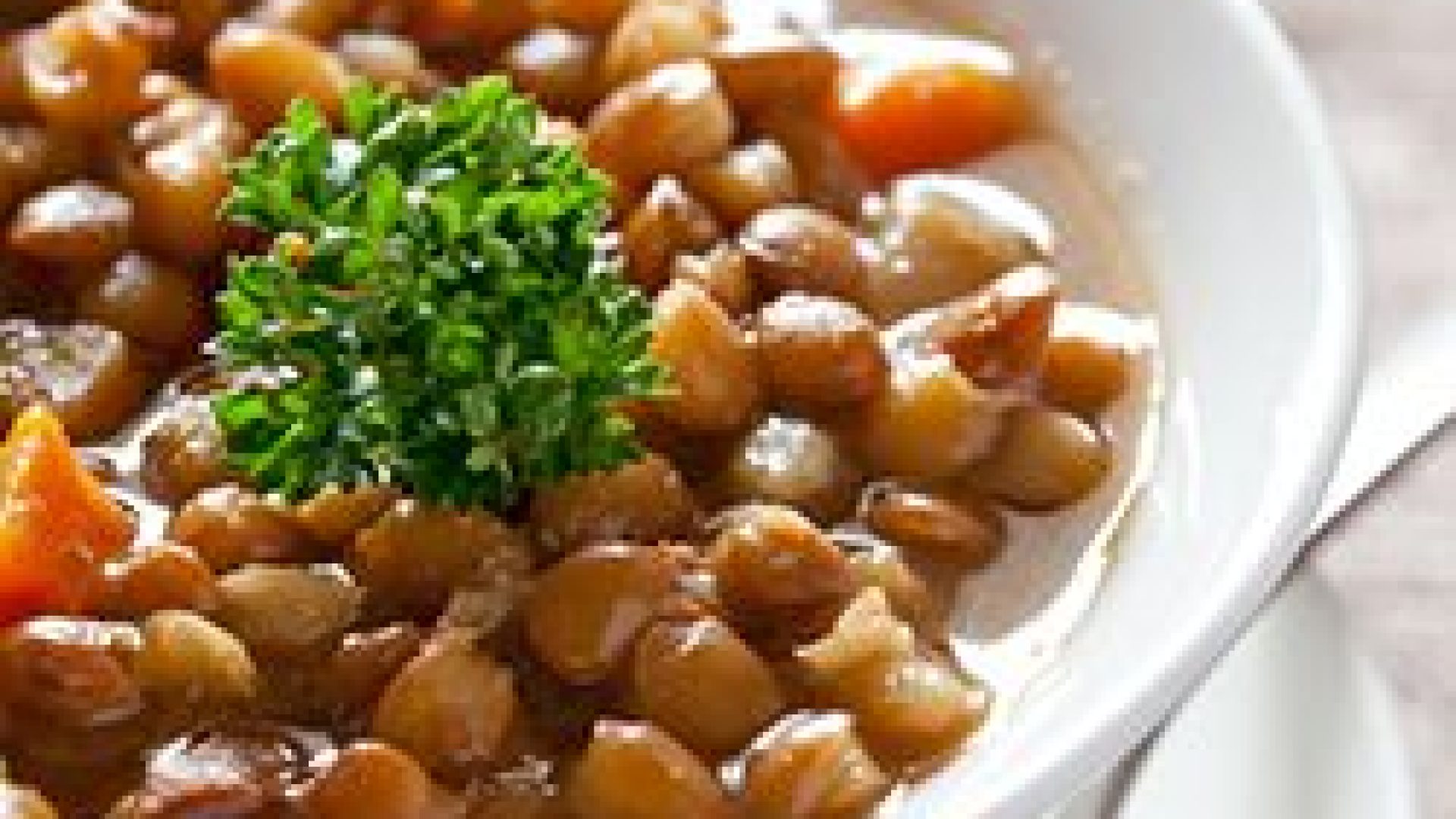
Where do lentils come from?
Lentils are thought to have originated in the Near East or Mediterranean area where they were once considered a poor man’s food. Lentils or Lens culinaris have been a source of sustenance for thousands of years. They are shaped like a double convex optic lens, which actually took its name from lentils. They grow two to a pod and are dried after harvesting. Mayo Clinic says lentils are in the same groups with beans and peas and part of the legume family because they also grow in pods.
What’s in a lentil?
Tiny but mighty, WebMD says these legumes are chock-full with protein, iron, zinc, and even biotin. They are a super food that is perfect for vegetarians and vegans because they are great source of protein. They also have folate, phosphorus, potassium, and fiber. Lentils contain the third highest amount of protein of any legume, following soybeans and hemp. The iron in lentils help the red blood cells carry oxygen and this is needed for proper hair growth and stronger hair. Lack of iron can lead to slower hair growth and even hair loss. WebMD also says that a deficiency in either potassium or zinc can actually lead to hair loss too, so it is mega beneficial lentils has both and then some.
Your healthy hair diet
Lentils are perfect for a healthy hair diet. I am jumping on board with them after trying them for the first time a few months ago at a natural hair event. They were amazing and had I known how nutritious they were, I would have already incorporated them into my diet. The massive iron-rich protein found in lentils are great for cell growth and that includes your hair follicles. Our hair’s structure is from the hardened protein keratin and without enough protein, our hair grows slower and the hairs that are growing are not as strong.
According to the Iron Disorders Institute, the iron found in meat (heme iron”> is more easily absorbed by the body than iron-rich plant foods, so finding plant sources containing high iron like lentils is important. The folate in lentils is a B vitamin that helps your body to make new cells and strengthen and condition the hair. There are several types of lentils, and while all are packed with nutritional punch, hulled lentils (red and some black”> have less fiber than varieties with the hulls intact like green or brown lentils. The most common are the brown, black, and red. The green and yellow are probably the most easily obtainable for recipes.
Tips on cooking lentils
- They do not need to be pre-soaked.
- Simply pick over and remove debris, rinse, and strain.
- They can be cooked in water or broth.
- They should be liberally seasoned.
- Great for soups, stews and salads.
Do you incorporate lentils in your diet?
